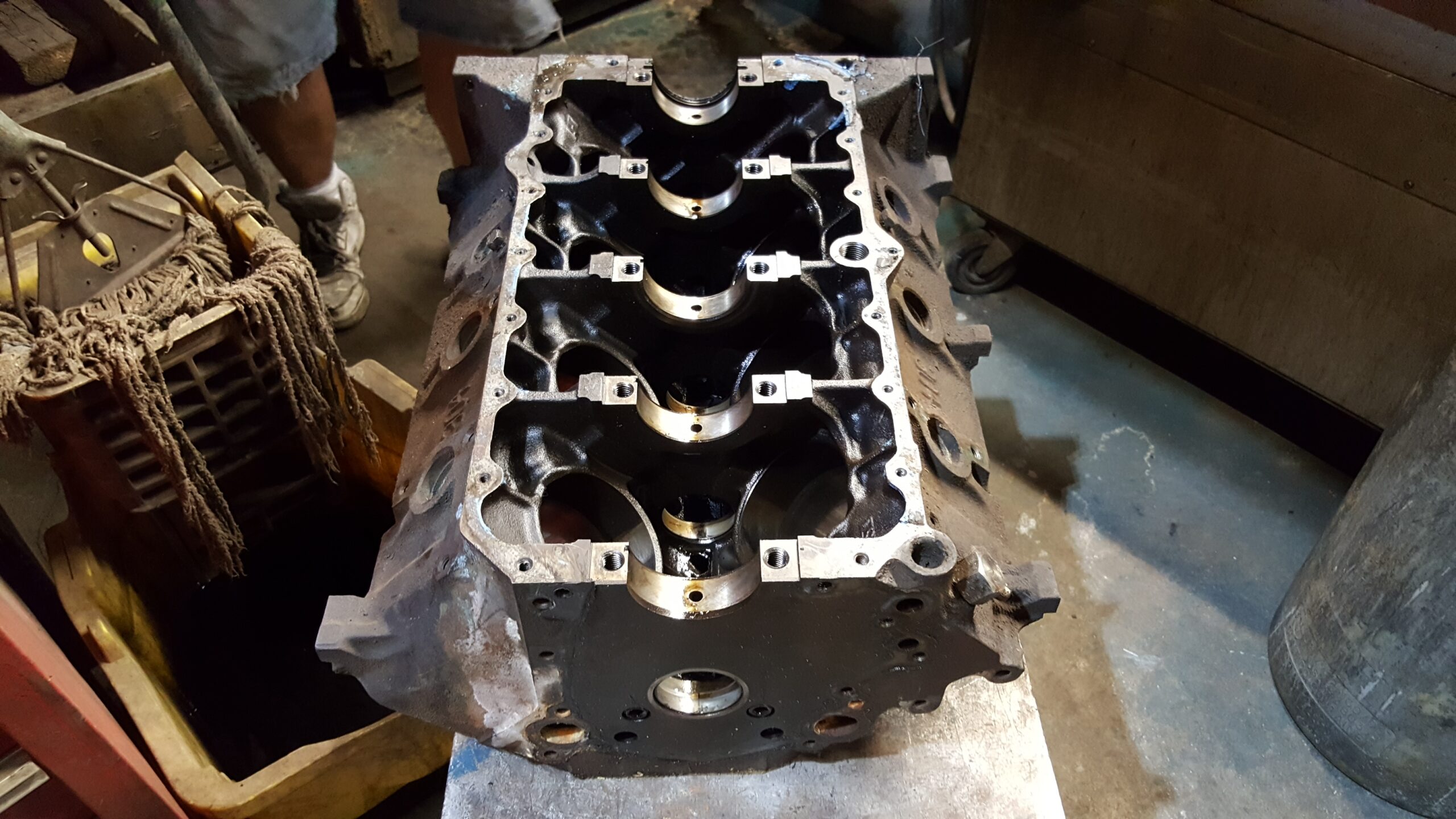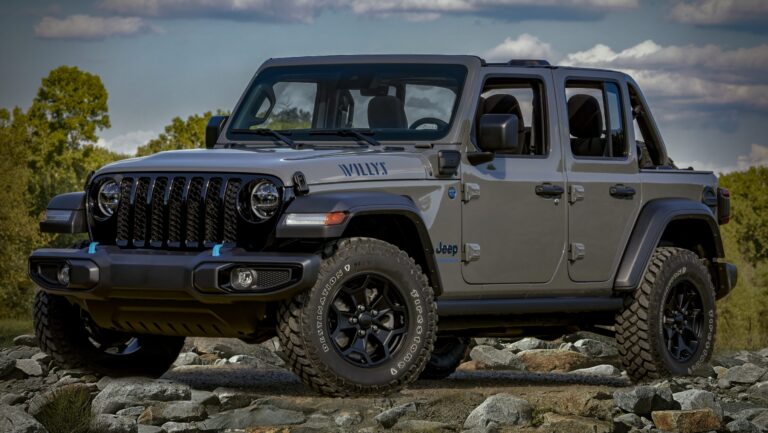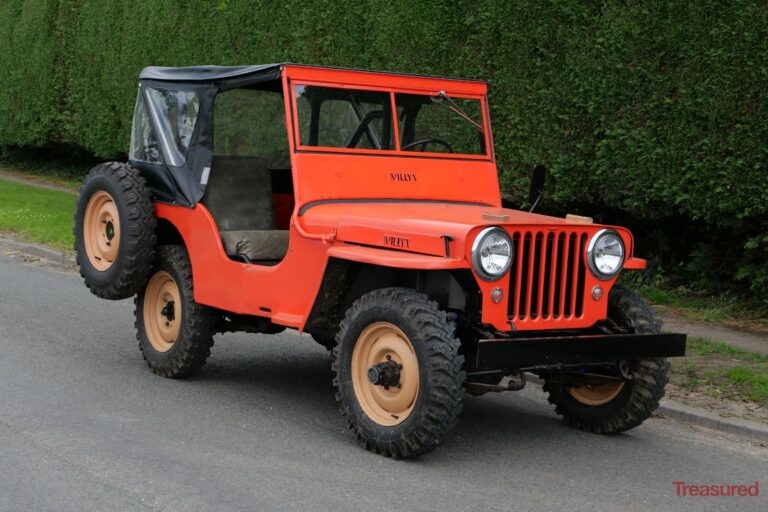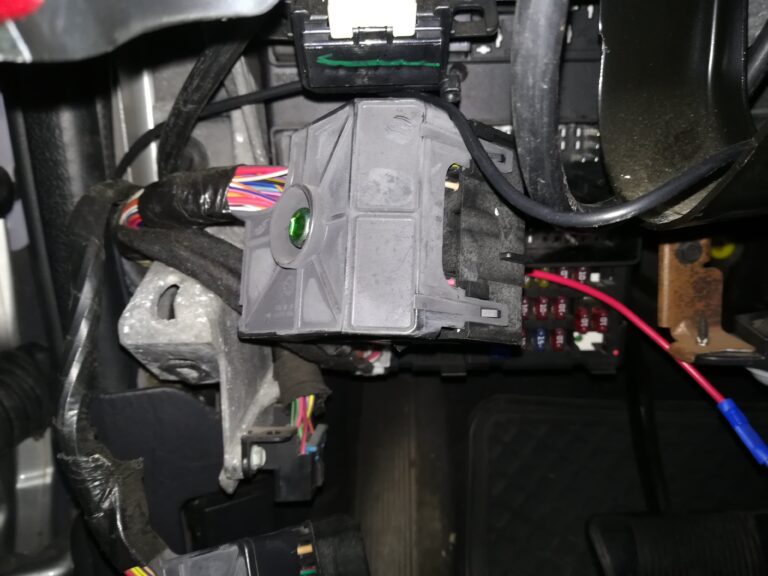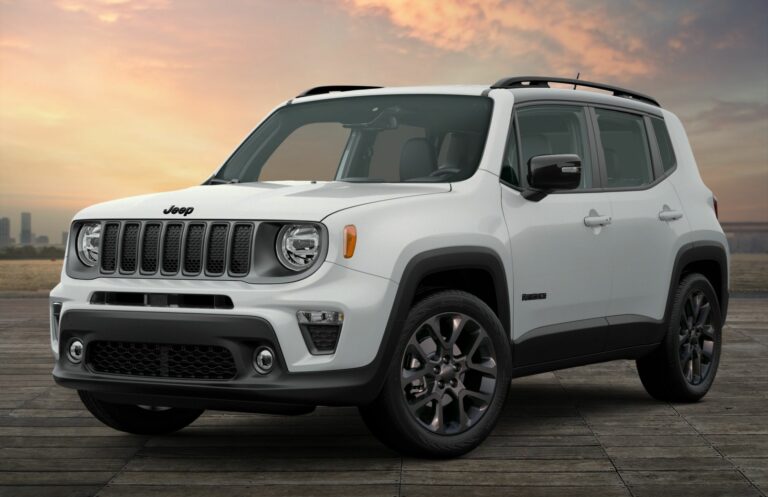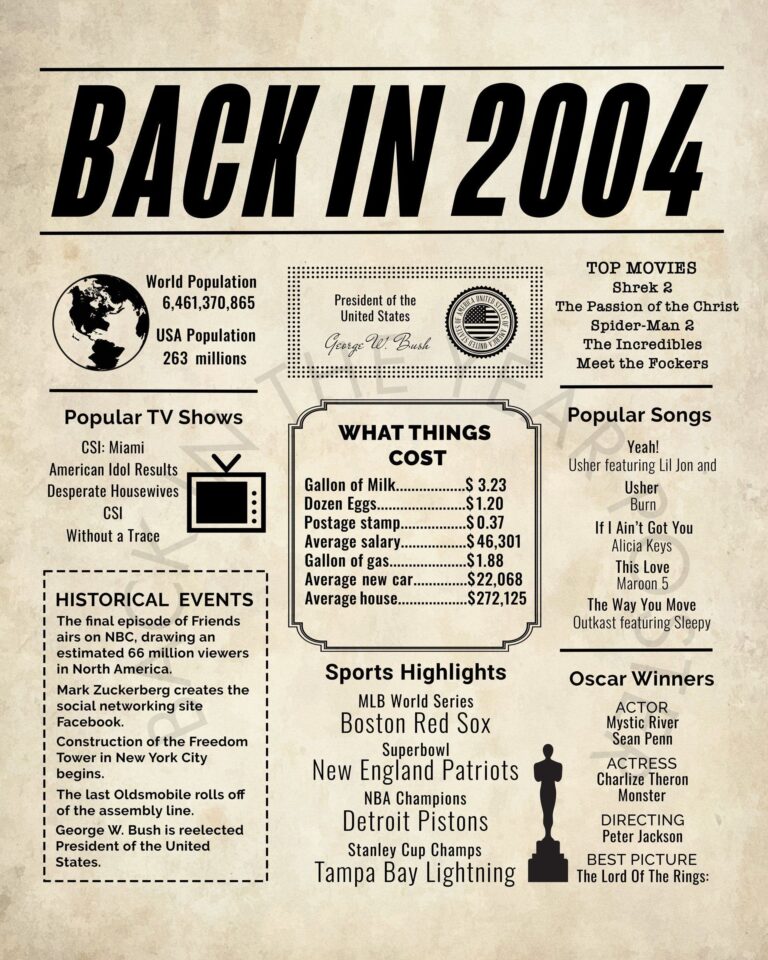304 Jeep Engine For Sale: A Comprehensive Buyer’s Guide
304 Jeep Engine For Sale: A Comprehensive Buyer’s Guide jeeps.truckstrend.com
The roar of a classic V8 engine is music to many an automotive enthusiast’s ears, and for Jeep aficionados, the AMC 304 V8 holds a special place. Synonymous with rugged durability and ample low-end torque, the 304 cubic inch (5.0L) engine powered a generation of iconic Jeeps, from the beloved CJ series to the venerable Wagoneer and J-series trucks. Today, finding a "304 Jeep Engine For Sale" often signals a quest for authenticity, a desire for a powerful classic heart, or the need for a reliable replacement in a cherished vehicle. This comprehensive guide will delve into everything you need to know about acquiring, assessing, and understanding this legendary powerplant.
The Enduring Legacy of the AMC 304 V8
304 Jeep Engine For Sale: A Comprehensive Buyer’s Guide
The AMC (American Motors Corporation) 304 V8 was introduced in 1970 and served as a workhorse for various AMC and Jeep vehicles until 1981. It was designed to offer a balance of performance and fuel economy, especially when compared to its larger siblings, the 360 and 401 V8s.
Key Specifications & Applications:
- Displacement: 304 cubic inches (5.0 liters)
- Configuration: V8, overhead valve (OHV)
- Bore x Stroke: 3.75 in (95.25 mm) x 3.44 in (87.38 mm)
- Horsepower (Stock): Varied significantly by year and application, ranging from around 120 hp to 150 hp (gross ratings were higher in earlier years).
- Torque (Stock): Typically between 220-245 lb-ft, providing excellent low-end grunt crucial for off-road driving.
- Common Jeep Applications:
- Jeep CJ-5 (1972-1981)
- Jeep CJ-7 (1976-1981)
- Jeep Cherokee (SJ) (early 1970s)
- Jeep Wagoneer (SJ) (early 1970s)
- Jeep J-Series Pickups (early 1970s)
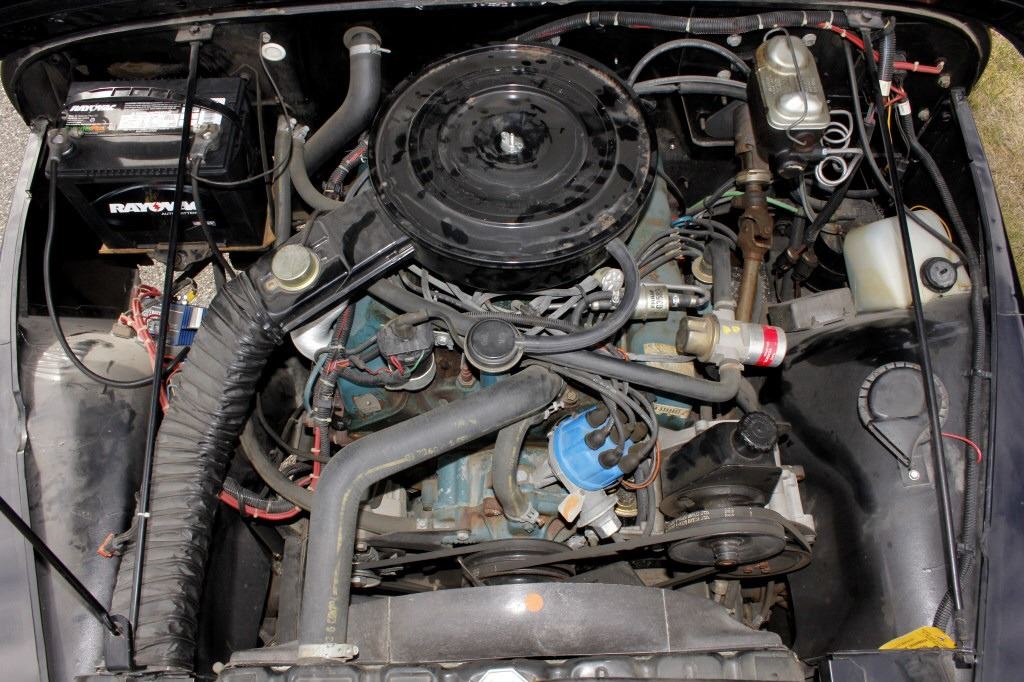
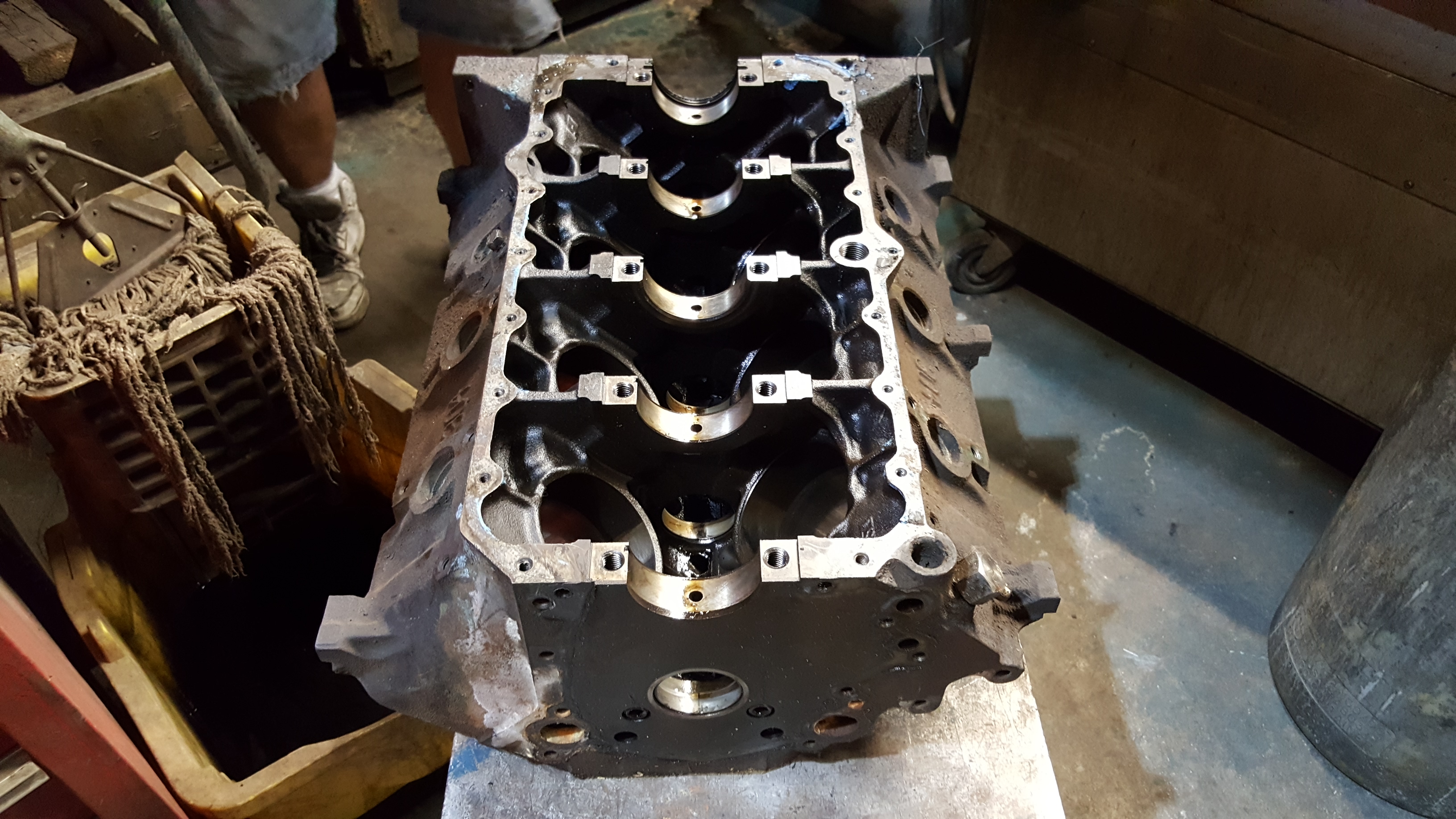
The 304 gained a reputation for its simplicity, robustness, and ability to handle the demands of off-road adventures. Its cast-iron block and cylinder heads, along with a relatively straightforward design, made it a favorite among mechanics and DIY enthusiasts. While not a powerhouse by modern standards, its torque characteristics are perfectly suited for crawling over obstacles and navigating challenging terrain.
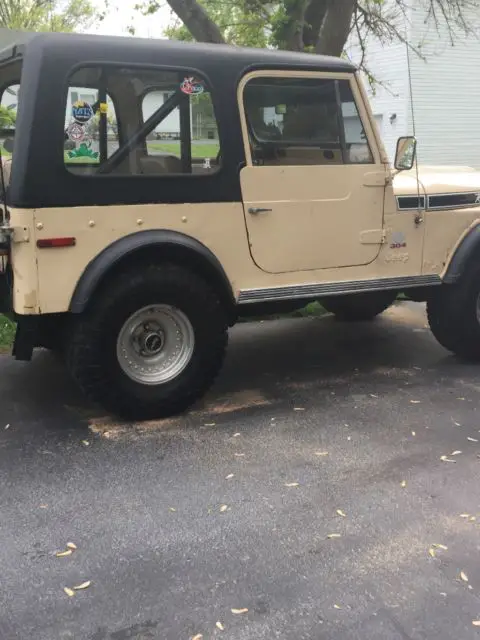
Why Buy a 304 Jeep Engine Today?
The reasons for seeking out a 304 Jeep engine in the current market are varied, but generally fall into a few key categories:
- Authentic Restoration Projects: For purists, maintaining the original drivetrain is paramount. A numbers-matching or period-correct 304 engine is essential for a true restoration, preserving the vehicle’s historical value and character.
- Engine Swaps & Replacements: Many classic Jeeps, particularly CJ-5s and CJ-7s, came with the smaller 258 cubic inch (4.2L) inline-six engine. Upgrading to a 304 V8 offers a significant boost in power and torque without requiring extensive modifications to the engine bay or drivetrain, as the AMC V8s shared similar bellhousing patterns and engine mount locations. It’s also a direct replacement for a worn-out original 304.
- Enhanced Off-Road Performance: The 304’s strong low-end torque curve makes it an ideal choice for rock crawling and challenging trails where grunt, not high horsepower, is key. Its relatively compact size for a V8 also helps with clearance.
- DIY Friendliness & Simplicity: Compared to modern, computer-controlled engines, the 304 is mechanically simple. This makes it easier for hobbyists to diagnose, repair, and even rebuild, fostering a deeper connection with their vehicle.
- Classic Appeal: There’s an undeniable charm to a classic V8. The sound, the feel, and the knowledge that you’re running a piece of automotive history contribute to the overall enjoyment of owning a vintage Jeep.
Where to Find a 304 Jeep Engine For Sale
Locating a suitable 304 engine can be a treasure hunt, but several avenues offer potential leads:
-
Online Marketplaces:
- eBay: A global marketplace for parts, often including complete engines, short blocks, or core engines. Be wary of shipping costs and verify seller reputation.
- Craigslist/Facebook Marketplace: Excellent for local finds, potentially allowing for in-person inspection and avoiding shipping. Use specific search terms like "AMC 304," "Jeep V8," or "CJ 304 engine."
- Specialized Forums & Groups: Websites like Jeepforum.com, Pirate4x4.com, and various Facebook groups dedicated to vintage Jeeps or AMC vehicles often have "for sale" sections where members list parts. These communities can also offer valuable advice.
-
Salvage Yards & Junkyards:
- Local Yards: A traditional source for used engines. Call ahead to check inventory. You might find a complete vehicle with the engine still installed, allowing for a better assessment of its condition.
- National Salvage Networks (e.g., LKQ): Larger operations often have computerized inventories and can ship engines across the country.
-
Specialized Classic Jeep Parts Dealers:
- Companies that specialize in vintage Jeep restoration or parts often stock rebuilt or reconditioned 304 engines. While usually more expensive, these often come with warranties and a guarantee of quality. Examples include Quadratrec or Morris 4×4 (though their engine stock might be limited to newer models, it’s worth checking classic suppliers).
-
Engine Rebuilders:
- Many local engine shops can source a core 304 and rebuild it to your specifications. This offers a custom solution, often with a warranty, but it’s generally the most expensive option.
-
Word of Mouth & Local Clubs:
- Networking with other Jeep enthusiasts, joining local Jeep clubs, or attending swap meets can uncover hidden gems. Many times, an engine for sale isn’t publicly advertised but known within the community.
What to Look For When Buying a Used 304 Engine
Purchasing a used engine is always a gamble, but careful inspection can mitigate risks. Here’s what to look for:
-
Visual Inspection:
- Leaks: Check for oil, coolant, or fuel leaks around gaskets, seals, and hoses.
- Cracks: Inspect the engine block and cylinder heads for any visible cracks, especially around freeze plugs, exhaust manifolds, and mounting points.
- Corrosion: Excessive rust or corrosion can indicate neglect or prolonged exposure to elements.
- Signs of Neglect: Missing components, chewed wires, or obvious signs of poorly done repairs.
-
Oil & Coolant Condition:
- Oil: Pull the dipstick. Milky oil indicates coolant in the oil (blown head gasket, cracked block/head). Sludge suggests poor maintenance. Metal flakes are a red flag for internal wear.
- Coolant: Check the radiator or overflow tank. Rusty coolant indicates neglect; oily film suggests oil in the coolant.
-
Internal Health (if possible):
- Compression Test: This is crucial. If the engine is out of the vehicle, you might need a starter and battery. Consistent readings across all cylinders (within 10-15% of each other) are good. Low or zero compression in a cylinder indicates major internal issues.
- Spark Plugs: If accessible, pull the spark plugs. Their condition can reveal a lot about combustion:
- Tan/light brown: Good combustion.
- Black, sooty: Rich fuel mixture or oil burning.
- White, chalky: Lean mixture or overheating.
- Oily: Oil burning (worn rings/valve guides).
- Rotate by Hand: Try to turn the crankshaft with a wrench (ensure spark plugs are out for easier rotation). It should turn smoothly with consistent resistance. Any binding or rough spots are problematic.
-
Accessories & Completeness:
- Carburetor, Distributor, Manifolds: Are these included? Their condition can significantly impact the final cost if they need replacement.
- Flywheel/Flexplate: Essential for connecting to your transmission.
- Pulleys, Brackets, Alternator, Power Steering Pump: While often transferable from your old engine, having them included can save time and money.
-
Running Condition (if still in a vehicle):
- Listen for Noises: Knocks, rattles, taps, or clunks are serious warning signs.
- Smoke from Exhaust: Blue smoke indicates oil burning, black smoke indicates a rich fuel mixture, and white smoke (sweet smell) indicates coolant burning.
- Oil Pressure: Check the gauge if possible.
- Overheating: Look for signs of past overheating (discolored coolant, warped parts).
-
Documentation: Any records of maintenance, rebuilds, or the donor vehicle’s history can be valuable.
Rebuilding vs. Buying a Crate Engine
Once you’ve found a potential 304, you’ll face a decision: rebuild a core engine or seek out a ready-to-install "crate" engine (new or remanufactured).
-
Rebuilding a Core Engine:
- Pros: Often more cost-effective if the block and heads are in good shape; allows for customization (performance cams, higher compression); provides a deep understanding of the engine; a sense of accomplishment.
- Cons: Time-consuming; requires specialized tools or professional machine shop services; finding certain parts can be challenging; unexpected issues can drive up costs.
- Ideal for: DIY enthusiasts, those on a tighter budget, or when a high-quality core is found.
-
Buying a Crate/Remanufactured Engine:
- Pros: Ready to drop in; typically comes with a warranty; saves time and effort; usually built to original or improved specifications.
- Cons: Higher upfront cost; fewer suppliers for 304s compared to more popular modern engines; less room for custom performance upgrades unless specified.
- Ideal for: Those who prioritize convenience, reliability, or lack the time/expertise for a rebuild.
Installation and Post-Purchase Considerations
Acquiring the engine is just the first step. Installation requires careful planning:
- Engine Mounts & Adapters: Ensure compatibility with your specific Jeep model and transmission. While the 304 shares a bellhousing pattern with other AMC V8s and I6s, confirm your transmission (T-150, T-18, T-4, T-5, TF-999, etc.) will bolt up correctly.
- Exhaust System: You’ll likely need new exhaust manifolds or headers, and custom exhaust piping to fit your vehicle.
- Cooling System: A V8 generates more heat than an I6. Consider upgrading your radiator, fan, and thermostat to ensure adequate cooling.
- Fuel System: If swapping from an I6, you may need a new fuel pump (mechanical or electric) and a carburetor tuned for the V8.
- Electrical System: Wiring for the ignition, gauges, and accessories will need to be adapted or verified.
- Break-in Procedure: Crucial for the longevity of a new or rebuilt engine. Follow the manufacturer’s or builder’s recommendations for initial run-time, oil changes, and gradual loading.
Potential Challenges and Solutions
- Finding a Good Core: As these engines age, finding a solid, uncracked block can be difficult.
- Solution: Expand your search radius, consider national salvage yards, and be patient. Sometimes, paying a bit more for a verified good core is worth it.
- Parts Availability: While many common parts (gaskets, bearings, rings) are still available, some specific components can be harder to source.
- Solution: Consult specialized AMC/Jeep parts suppliers, scour online forums, and be prepared to wait for back-ordered items. Aftermarket support is generally good.
- Cost Creep: Rebuilding an engine can quickly exceed initial estimates due to unexpected machining or parts needs.
- Solution: Get detailed quotes from machine shops, budget for contingencies, and consider doing as much disassembly/assembly work yourself to save on labor.
- Compatibility Issues: Ensuring the engine mates correctly with your transmission, transfer case, and other vehicle systems.
- Solution: Thorough research is key. Consult service manuals, online forums, and experienced Jeep builders before committing to a purchase or swap.
Practical Advice and Actionable Insights
- Set a Realistic Budget: Factor in not just the engine’s cost, but also shipping, potential rebuild expenses, new accessories (carb, distributor), and installation parts (mounts, exhaust, cooling).
- Do Your Homework: Research common issues, compatibility requirements, and expected performance.
- Bring a Knowledgeable Friend: If you’re not an experienced mechanic, bring someone who can help you inspect the engine.
- Don’t Be Afraid to Walk Away: If a deal feels too good to be true, or if the seller is evasive, it’s often best to pass.
- Join the Community: Online forums and local Jeep clubs are invaluable resources for advice, troubleshooting, and even finding parts or services.
304 Jeep Engine For Sale: Representative Price Guide
Prices for a 304 Jeep engine vary wildly based on condition, completeness, seller, and location. This table provides a representative range and considerations.
| Engine Type/Condition | Estimated Price Range (USD) | Key Considerations | Ideal Buyer |
|---|---|---|---|
| Used "Core" Engine (As-Is) | $300 – $800 | Needs full rebuild; condition unknown; may have cracks/damage; often incomplete; no warranty. | DIY enthusiast, rebuild project, parts donor. |
| Used "Running" Engine | $800 – $1,500 | Pulled from a running vehicle; usually includes basic accessories; inspect thoroughly (compression test vital). | Budget replacement, minor restoration. |
| Remanufactured Short Block | $1,800 – $2,800 | Professionally rebuilt block, crankshaft, rods, pistons; no heads, cam, or valvetrain; often comes with warranty. | Those seeking a solid foundation for a custom build. |
| Remanufactured Long Block | $2,500 – $4,000 | Professionally rebuilt block, heads, valvetrain, cam; ready for external accessories; usually with warranty. | Serious restoration, reliable replacement. |
| Performance/Custom Build | $4,000 – $7,000+ | Built with upgraded components (cam, heads, carb); higher horsepower/torque; often dyno-tested; specific warranty. | Performance seekers, high-end restorations. |
Note: These are estimates. Shipping costs, local market demand, and the reputation of the seller can significantly influence the final price.
Frequently Asked Questions (FAQ)
Q: What years was the AMC 304 V8 produced?
A: The AMC 304 V8 was produced from 1970 to 1981.
Q: What Jeeps came with the 304 engine?
A: Primarily the Jeep CJ-5 (1972-1981), CJ-7 (1976-1981), and some early 1970s Cherokee (SJ), Wagoneer (SJ), and J-Series pickups.
Q: Is the 304 a good engine for off-roading?
A: Yes, absolutely. Its strong low-end torque and relatively simple, robust design make it excellent for rock crawling and challenging off-road conditions.
Q: Can I swap a 304 into a Jeep that originally had a 258 I6?
A: Yes, this is a popular swap. The AMC 304 V8 shares the same bellhousing bolt pattern as the 258 I6, simplifying transmission mating. You will need V8 engine mounts, a V8 radiator, and potentially some modifications to the fuel and exhaust systems.
Q: What’s the typical horsepower of a stock 304?
A: Stock horsepower varied, but generally ranged from 120-150 hp (net ratings). Early gross ratings were higher but less accurate. Its torque is more impressive for a Jeep’s intended use.
Q: Are parts still available for the AMC 304?
A: Yes, many common replacement parts (gaskets, bearings, rings, valvetrain components, ignition parts) are still readily available through aftermarket suppliers and specialized Jeep/AMC parts dealers. Some specific components might require a wider search.
Q: How much does it typically cost to rebuild a 304 engine?
A: The cost to rebuild a 304 can range from $1,500 to $4,000+, depending on the extent of the rebuild, whether you do some work yourself, and the cost of machine shop services. This does not include the initial cost of the core engine.
Conclusion
The search for a "304 Jeep Engine For Sale" is more than just buying a piece of metal; it’s about finding the heart for a classic vehicle, restoring a piece of automotive history, or enhancing the performance of a beloved off-road machine. While the journey requires diligence, careful inspection, and a bit of mechanical know-how, the reward of hearing that iconic AMC V8 rumble to life in your Jeep is truly unmatched. By understanding the engine’s legacy, knowing where to look, what to inspect, and how to plan for the full project, you can confidently navigate the market and bring your classic Jeep vision to life.

